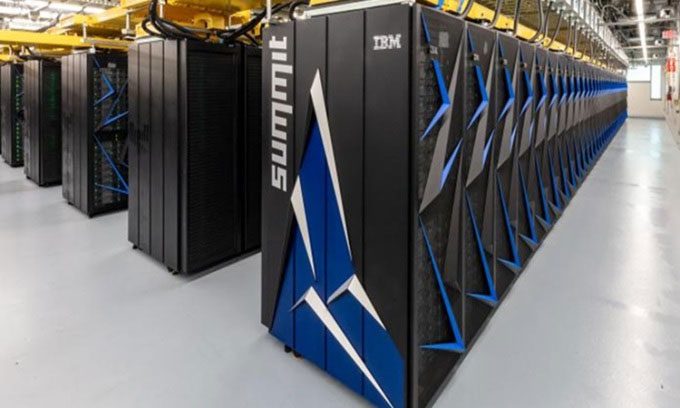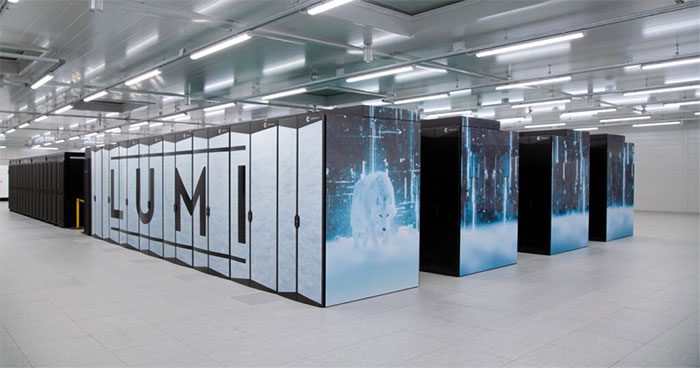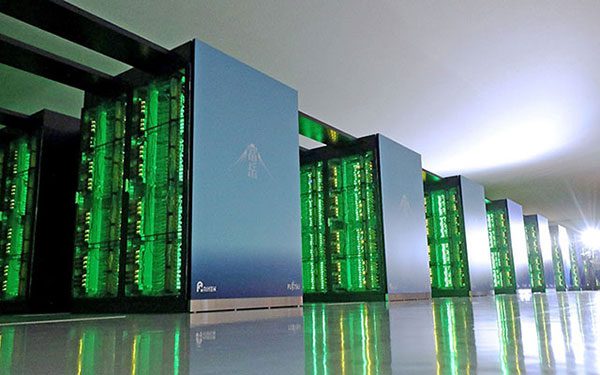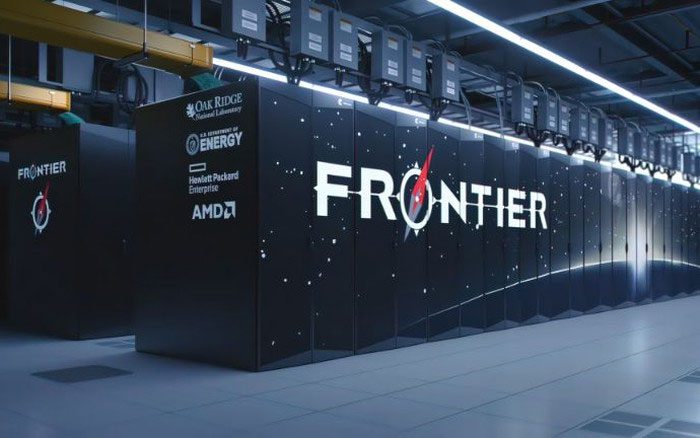Here are the 3 fastest supercomputers currently available to humanity.
Supercomputers are High Performance Computers (HPC) with exceptional computing capabilities that exceed what you might imagine. They tirelessly work in universities, laboratories, and other significant facilities around the world.
Supercomputers play a crucial role in the field of computational science and are used for a variety of complex computational tasks across many disciplines, including quantum mechanics, weather forecasting, climate research, oil and gas exploration, molecular modeling (computing the structures and properties of chemical compounds, biomolecules, polymers, and crystals), and physical simulations (such as simulating the early moments of the universe, and the aerodynamics of aircraft and spacecraft). Throughout their history, supercomputers have proven their importance in the field of cryptanalysis.
Below are the 7 fastest supercomputers currently available to humanity.
7. Leonardo
This computer is located at the CINECA data center in Bologna, Italy. Performance: 239 petaFLOPS (0.23 exaFLOPS). Leonardo became operational in November 2022.
As part of the EU’s EuroHPC supercomputing program, Leonardo consists of 3 combined modules to create the second-fastest machine in Europe. The organization managing the machine, CINECA, is a consortium of universities, research centers, and government agencies in Italy. This supercomputer entered pre-production in May 2023 and went into full production in August of the same year.
6. Summit

Supercomputer Summit. (Image: IBM).
The Oak Ridge National Laboratory in Tennessee, USA, owns the Summit supercomputer. Performance: 149 petaFLOPS (0.15 exaFLOPS), first operational in June 2018.
Developed for use at the Oak Ridge National Laboratory, Summit is eight times more powerful than the institute’s previous supercomputer, Titan, and was the world’s most powerful supercomputer for two years before being surpassed by Fugaku. In addition to scientific modeling, Summit is optimized for AI-related operations, including machine learning and deep learning in various fields such as healthcare and material discovery.
This supercomputer has played a key role in research for many years. For example, it was used to screen millions of drug types during the Covid-19 pandemic to identify medications that could prevent the virus from entering or replicating in human cells. It is also used for turbulence modeling.
5. Eagle
Microsoft Azure owns the Eagle supercomputer. Performance: 561 petaFLOPS (0.56 exaFLOPS), first operational in August 2023.
The Eagle supercomputer from Microsoft is not located in a laboratory but is based on cloud technology, making it accessible to anyone through the Microsoft Azure cloud platform. It is a distributed network of systems with combined capacity sufficient to become the third-fastest supercomputer in the world.
4. Aurora
Located at the Argonne National Laboratory in Illinois, USA, Aurora has a performance of 585 petaFLOPS (0.59 exaFLOPS). First operational in June 2023.
One of the youngest supercomputers on the list, it has the potential to become the most powerful in the future. Situated at the Argonne Leadership Computing Facility (ALCF), Aurora is the second exascale supercomputer ever built. Representatives from ALCF have stated that it has the potential to achieve computing power of 2 exaFLOPS, double that of Frontier.
A result of collaboration between Intel and HPE, Aurora integrates scientific tools and analysis, performs modeling, simulations, and runs artificial intelligence (AI). Aurora’s power allows it to create accurate models in various fields, including climate prediction, materials science, energy storage, and fusion reactions, with a particular focus on fusion reactions.
3. LUMI, Finland

LUMI (Large Unified Modern Infrastructure) was built by HPE in 2022 and is located in Finland, making it the fastest supercomputer in Europe. LUMI has a total of 1,110,144 cores and achieves a speed of 151.9 petaFLOPS.
LUMI runs on the same processor as Frontier (from the USA) and has an energy efficiency rating of 51.63 gigaflops/watt, making it the second most energy-efficient supercomputer in the world.
2. Fugaku, Japan

Built by Fujitsu, Fugaku is installed at the RIKEN Center for Computational Science (R-CCS) in Kobe, Japan. With additional hardware, the system has achieved a new world record with results of 442 petaflops on HPL, exceeding the second system on the list by three times.
The director of RIKEN, Satoshi Matsuoka, stated that “we can finally use the entire machine rather than just a small part of it.”
1. Frontier, USA

Frontier was built in 2022 by the American multinational information technology company Hewlett Packard Enterprise, in collaboration with its subsidiary Cray. This is the world’s first exascale supercomputer, meaning it can perform at least 10^18 calculations per second.
Frontier has a total of 8,730,112 cores and achieves 1.1 exaFLOPS in Linpack benchmark tests. It is based on the latest HPE Cray EX235a architecture and utilizes a combination of third-generation 64-core 2GHz 7A53s CPUs and AMD’s MI250X GPUs.
Frontier is also the most energy-efficient supercomputer globally, with an energy efficiency ranking of 52.23 gigaflops/watt. Each of its 74 computing cabinets weighs approximately 3.63 tons, and the entire system has a total cost of around $600 million.


















































